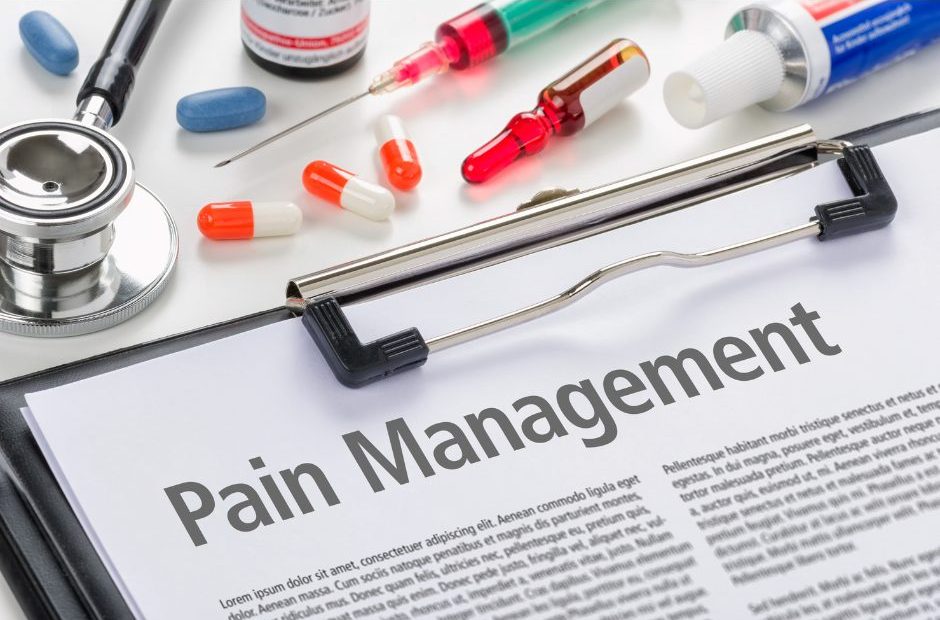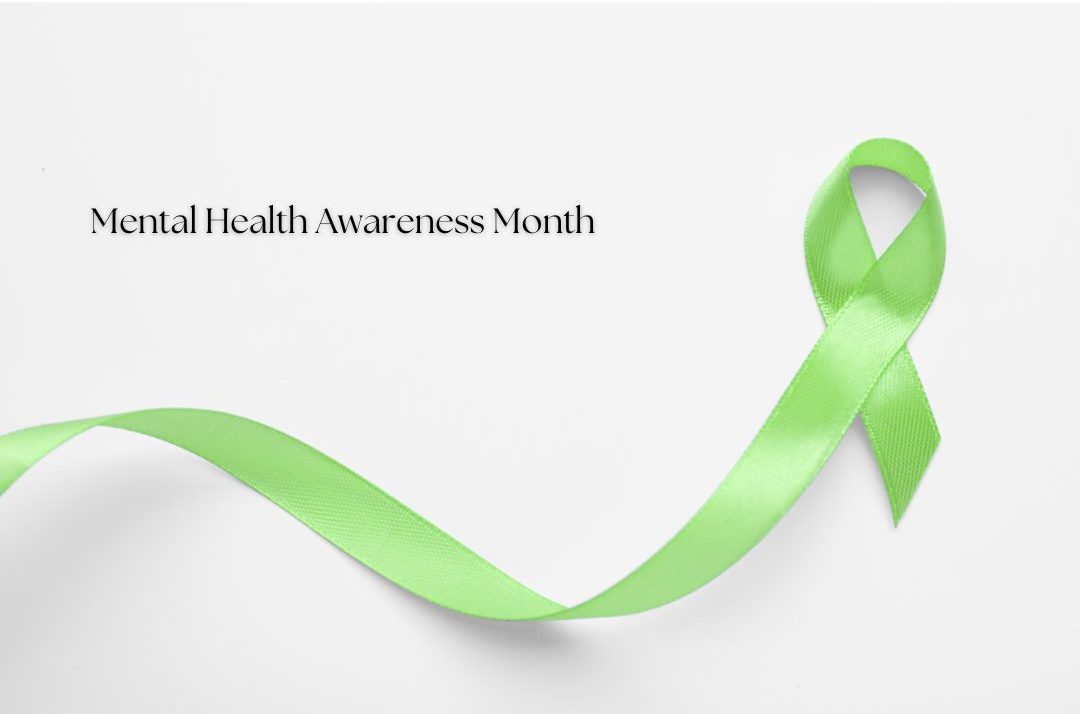Understanding the 4 P's in Pain Management: A Guide by Edward Rubin, MD Pain management…

Navigating Cervical Spinal Stenosis
Navigating Cervical Spinal Stenosis
By Edward Rubin, MD
Cervical spinal stenosis is a serious and potentially debilitating condition that affects the spinal canal in the neck area (cervical spine). It involves the narrowing of this canal which can compress the spinal cord and nerve roots, leading to a spectrum of symptoms that can impact everyday activities significantly. As a pain management specialist, neck pain is only second to low back pain for reasons patients seek me out. Understanding cervical spinal stenosis is crucial for proper management and improving quality of life.
What is Cervical Spinal Stenosis?
Cervical spinal stenosis typically results from age-related changes in the size and shape of the spinal canal. Over time, the discs between the vertebrae can degenerate, and the ligaments can thicken and calcify, leading to narrowing of the canal. This can be exacerbated by osteoarthritis, which contributes to the growth of bone spurs that invade the canal space.
Symptoms to Watch For
The symptoms of cervical spinal stenosis can vary depending on the severity of the compression. Common symptoms include neck pain, numbness, weakness, or tingling in the arms, hands, legs, or feet. Some individuals may experience difficulties with coordination and balance, and in severe cases, it can affect bowel or bladder function, which requires immediate medical attention.
Diagnosis and Treatment Options
Diagnosing cervical spinal stenosis typically involves a combination of patient history, physical examination, and imaging tests such as MRI or CT scans. These imaging tests are crucial as they provide detailed information about the extent of the spinal canal narrowing and the areas of nerve compression.
Treatment for cervical spinal stenosis aims to relieve symptoms and prevent further damage to the spinal cord. The first line of management often includes conservative treatments such as medications to reduce pain and inflammation, physical therapy to strengthen supportive muscles and stabilize the spine, and possibly corticosteroid injections to reduce nerve inflammation.
When conservative treatments are not effective, injection options may be considered. Targeted injections can provide significant symptom relief. However, epidural steroid injections can be temporary fixes depends on the specific anatomy and severity of the stenosis. Surgery is the most definitive option, but usually a last resort or when symptoms like numbness and weakness are progressing and getting worse
Living with Cervical Spinal Stenosis
Living with cervical spinal stenosis requires an adaptive management approach that includes regular monitoring by healthcare professionals. Physical therapy, lifestyle modifications, and sometimes wearing a cervical collar can help manage symptoms and improve quality of life.
If you or someone you know is experiencing symptoms of cervical spinal stenosis, it is important to consult with a specialist who can offer a comprehensive evaluation and tailored treatment plan.




This Post Has 0 Comments